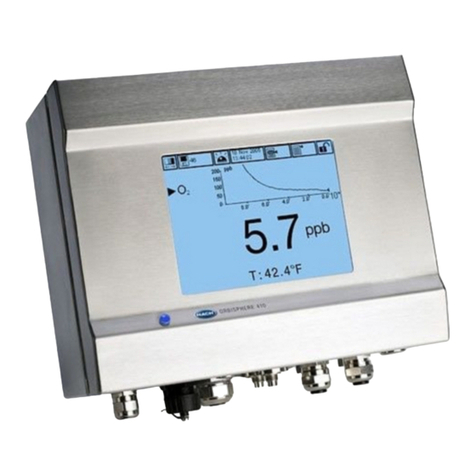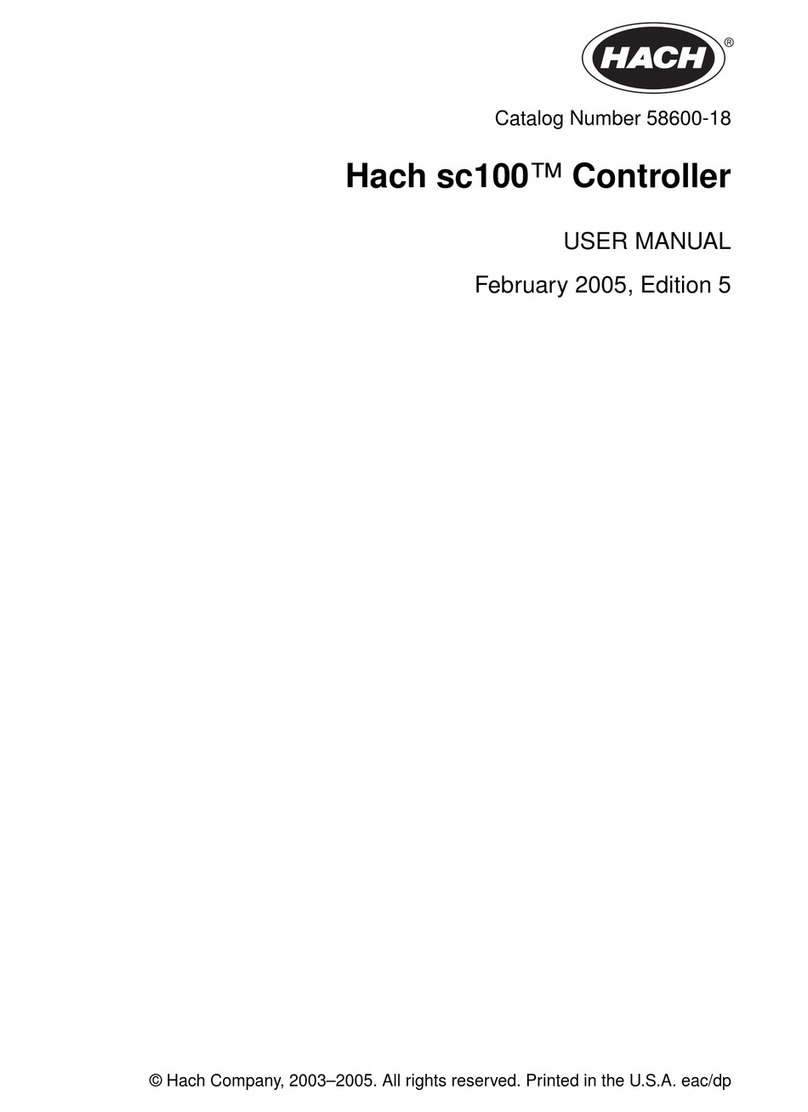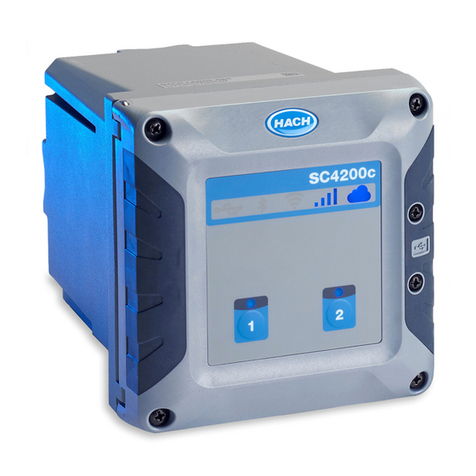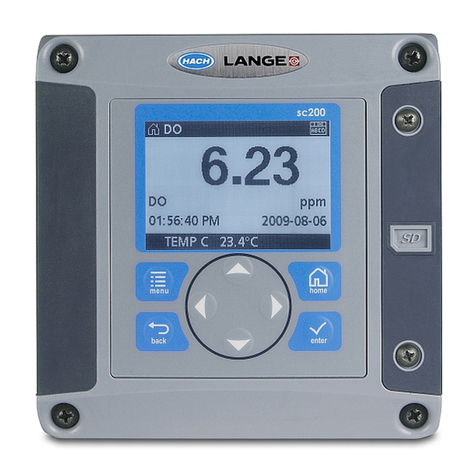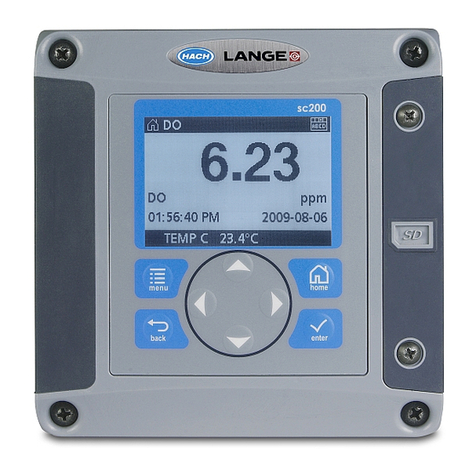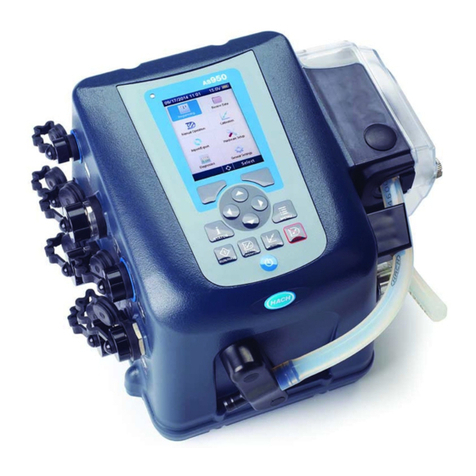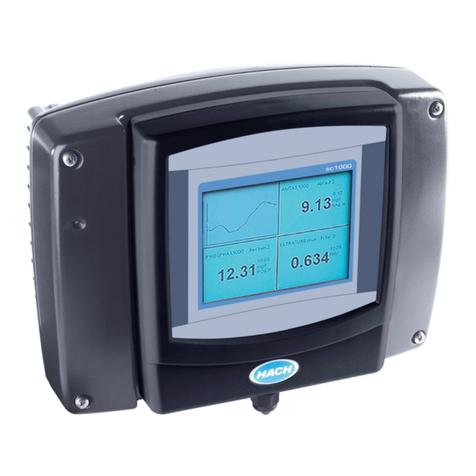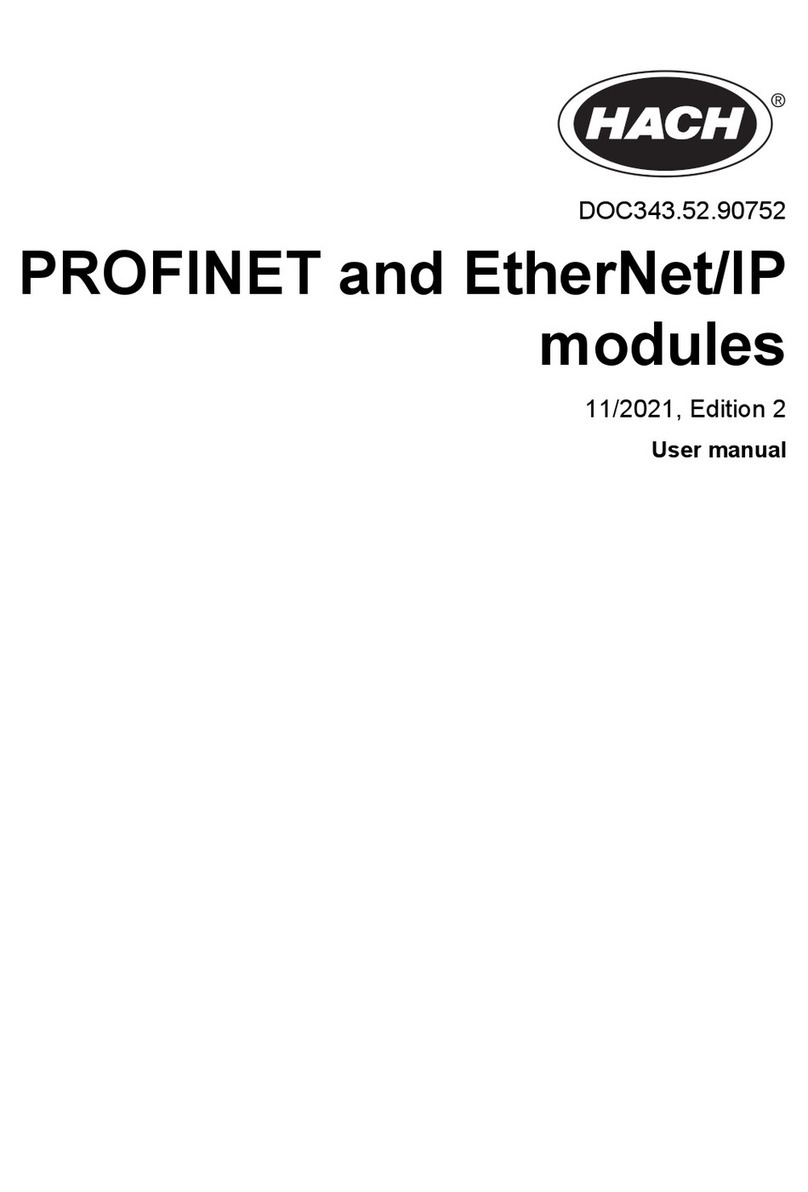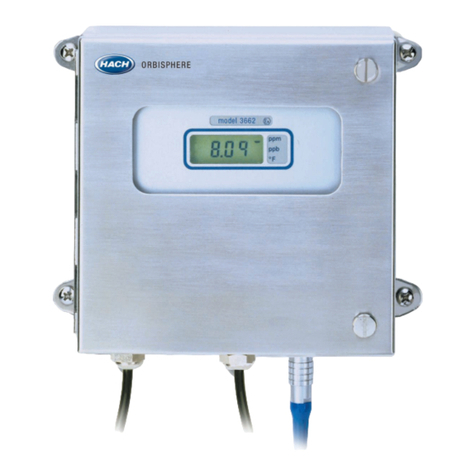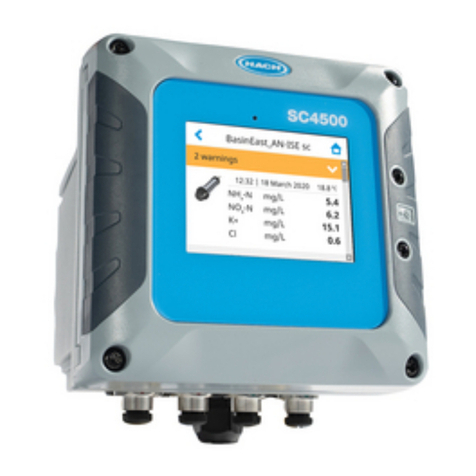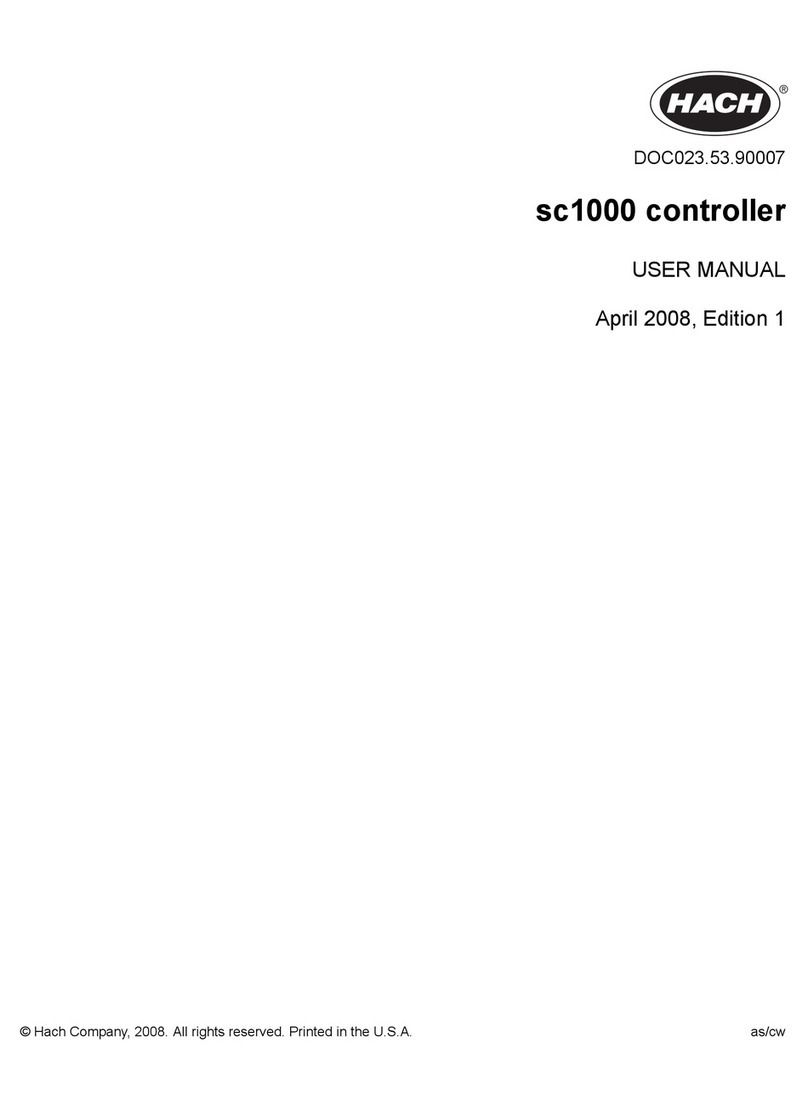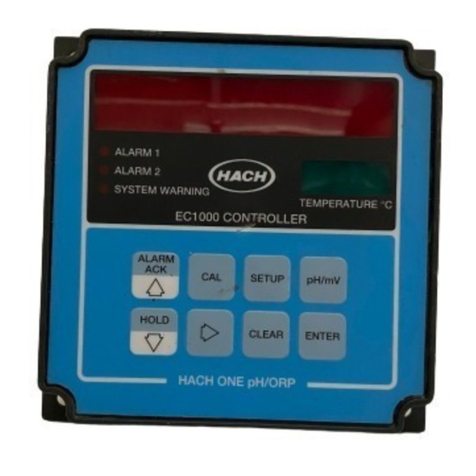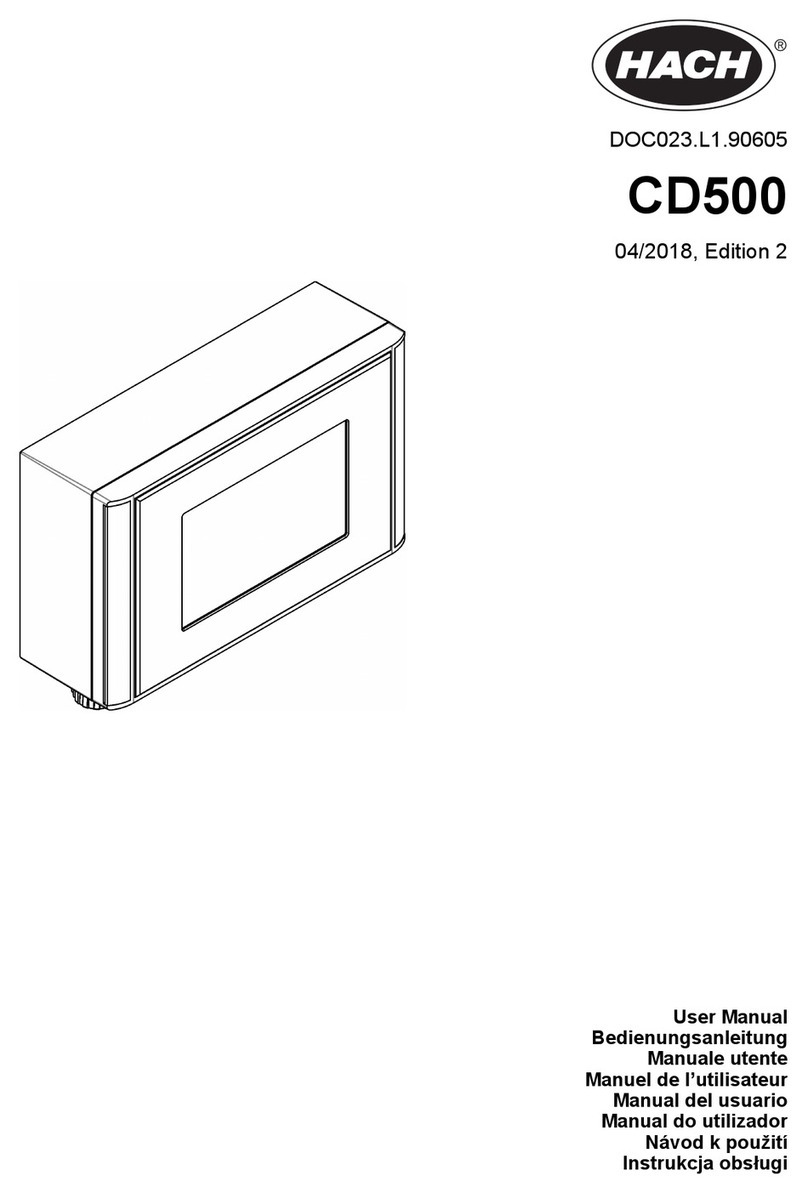
Table of Contents
Section 1 Specifications........................................................................................ 3
Section 2 General information............................................................................ 4
2.1 Safety information................................................................................................. 4
2.1.1 Use of hazard information.......................................................................... 4
2.1.2 Precautionary labels................................................................................... 4
2.1.3 Compliance and certification...................................................................... 5
2.2 Product overview.................................................................................................. 6
2.2.1 Optional expansion modules...................................................................... 7
2.3 Product components............................................................................................. 8
Section 3 Installation............................................................................................... 8
3.1 Installation guidelines........................................................................................... 9
3.2 Mechanical installation.......................................................................................... 9
3.2.1 Attach the instrument to a wall................................................................... 9
3.2.2 Attach the instrument to a pole................................................................. 10
3.2.3 Install the instrument in a panel................................................................ 11
3.3 Electrical installation........................................................................................... 12
3.3.1 Electrical connectors and fittings.............................................................. 12
3.3.2 Electrostatic discharge (ESD) considerations.......................................... 14
3.3.3 Power connections................................................................................... 14
3.3.3.1 Open the controller cover............................................................... 14
3.3.3.2 Remove the high-voltage barrier.................................................... 15
3.3.3.3 Wiring for power............................................................................. 15
3.3.3.4 Connect conduit or a power cord................................................... 17
3.3.4 Connect the high-voltage relays............................................................... 18
3.3.5 Install an expansion module..................................................................... 20
3.4 Close the cover................................................................................................... 20
3.5 Connect measurement devices.......................................................................... 21
Section 4 User interface and navigation...................................................... 22
4.1 Measurement window......................................................................................... 23
Section 5 Startup..................................................................................................... 23
5.1 Menu structure.................................................................................................... 24
5.2 Enter initial settings............................................................................................. 25
Section 6 Operation............................................................................................... 25
6.1 Configure the controller settings......................................................................... 25
6.2 Connect the instrument to a network.................................................................. 25
6.2.1 LAN connection........................................................................................ 25
6.2.2 WiFi network connection.......................................................................... 26
6.2.3 Cellular network connection..................................................................... 27
6.2.3.1 Configuration with Hach Cellular (Telenor) SIM............................. 27
6.2.3.2 Configuration with customer supplied SIM..................................... 27
6.3 Configure the sensors or analog inputs.............................................................. 27
6.4 Connect a USB flash drive (optional).................................................................. 28
6.4.1 Data download.......................................................................................... 29
6.4.2 Install controller firmware updates............................................................ 29
6.4.3 Install sensor firmware updates................................................................ 30
1
